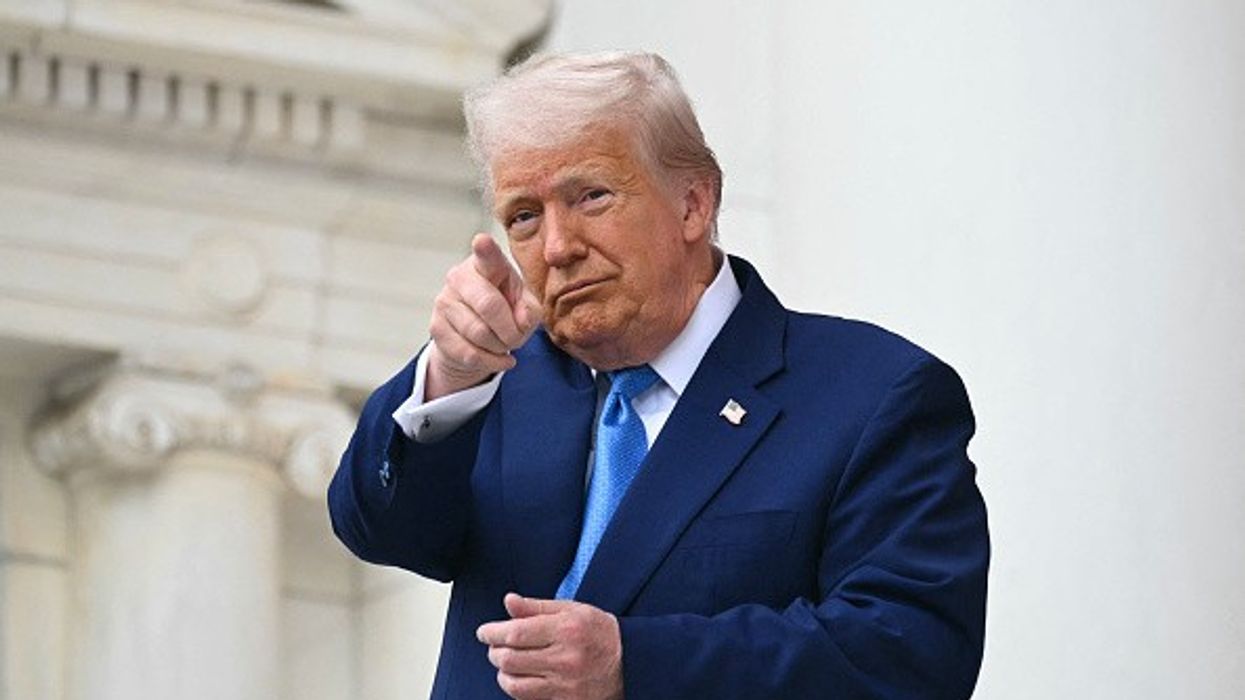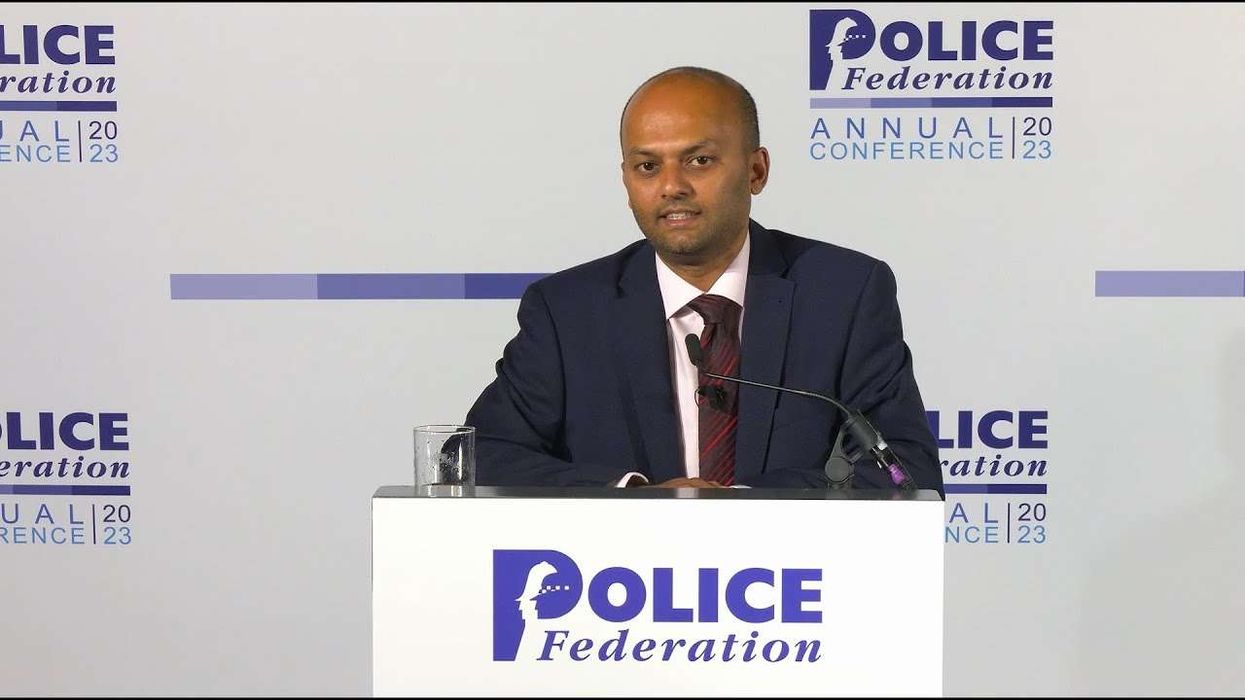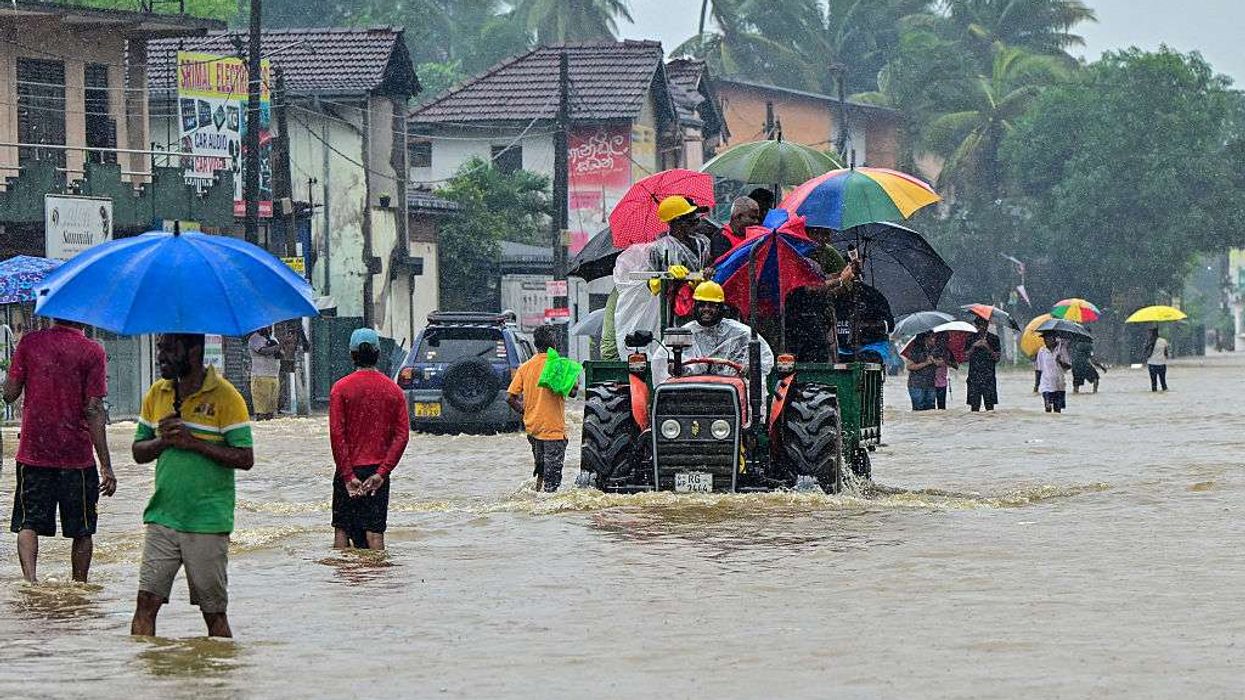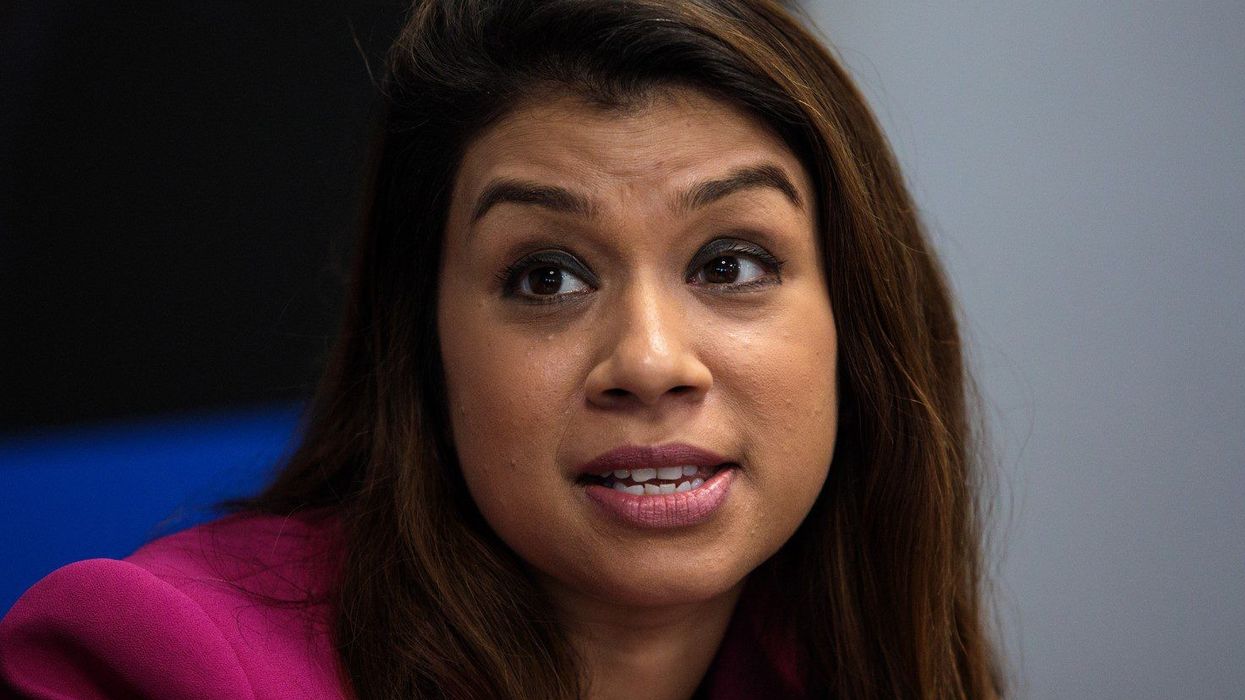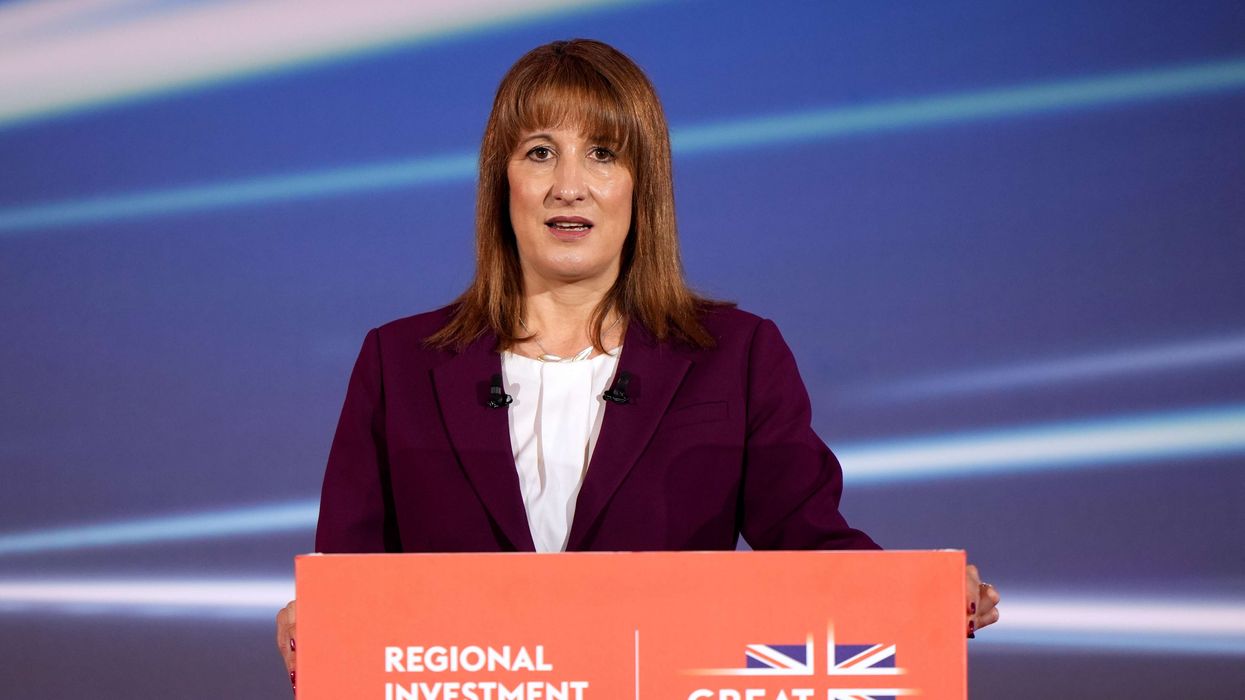US PRESIDENT Donald Trump has said that the “deal” he is most proud of is his effort to stop a “potentially a nuclear war” between India and Pakistan through trade instead of through “bullets.”
In recent weeks, Trump has repeatedly claimed that he told India and Pakistan that the US would stop trade with both countries if they did not stop the conflict.
India on Thursday said that trade was not discussed at all in talks between Indian and American leaders during the military clashes with Pakistan, rejecting Washington’s claims that trade stopped the confrontation.
Trump on Friday said, “I think the deal I’m most proud of is the fact that we’re dealing with India, we’re dealing with Pakistan and we were able to stop potentially a nuclear war through trade as opposed through bullets. Normally they do it through bullets. We do it through trade. So I’m very proud of that. Nobody talks about it but we had a very nasty potential war going on between Pakistan and India. And now, if you look, they’re doing fine,” Trump told reporters.
“It was getting very bad. It was getting very nasty. They are both nuclear powers,” he said.
Trump said Pakistani representatives are coming to Washington next week.
“India, as you know, we’re very close to making a deal with India,” Trump told reporters at Joint Base Andrews after departing Air Force One. “I wouldn’t have any interest in making a deal with either if they were going to be at war with each other. I would not and I’ll let them know,” Trump said.
This was the second time in a day that Trump repeated his claim that his administration stopped India and Pakistan from fighting.
“We stopped India and Pakistan from fighting. I believe that could have turned out into a nuclear disaster,” Trump said during remarks in the Oval Office Friday afternoon in a press conference with billionaire Tesla CEO Elon Musk, who left the Trump administration after helming the Department of Government Efficiency.
Trump added that he wants to thank the “leaders of India, the leaders of Pakistan, and I want to thank my people also. We talked trade and we said ‘We can’t trade with people that are shooting at each other and potentially using nuclear weapons’.”
Trump said that leaders in India and Pakistan are “great leaders” and “they understood, and they agreed, and that all stopped.”
“We are stopping others from fighting also because ultimately, we can fight better than anybody. We have the greatest military in the world. We have the greatest leaders in the world,” Trump said.
India has been maintaining that the understanding on cessation of hostilities with Pakistan was reached after direct talks between the Directors General of Military Operations (DGMOs) of the two militaries.
An all-party delegation of Indian parliamentarians, led by Congress MP Shashi Tharoor, will arrive in Washington DC around June 3 after completing their visit to Guyana, Panama, Colombia, and Brazil conveying India’s resolve against terrorism and emphasising Pakistan’s links to terrorism.
The multi-party delegations from India to different countries have been underlining that the recent conflict with Pakistan was triggered by the Pahalgam terror attack and not Operation Sindoor as alleged by Islamabad.
The retaliatory Operation Sindoor launched by India targeted terror infrastructure in Pakistan and Pakistan-occupied Kashmir.
About two weeks after the April 22 terror attack in Pahalgam in Jammu and Kashmir in which 26 civilians were killed, India launched Operation Sindoor targeting terror infrastructure in Pakistan and Pakistan-occupied Kashmir.
India and Pakistan reached an understanding on May 10 to end the conflict after four days of cross-border drone and missile strikes.
(With inputs from agencies)
